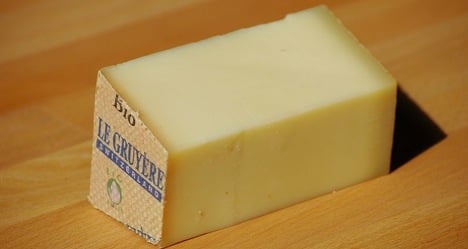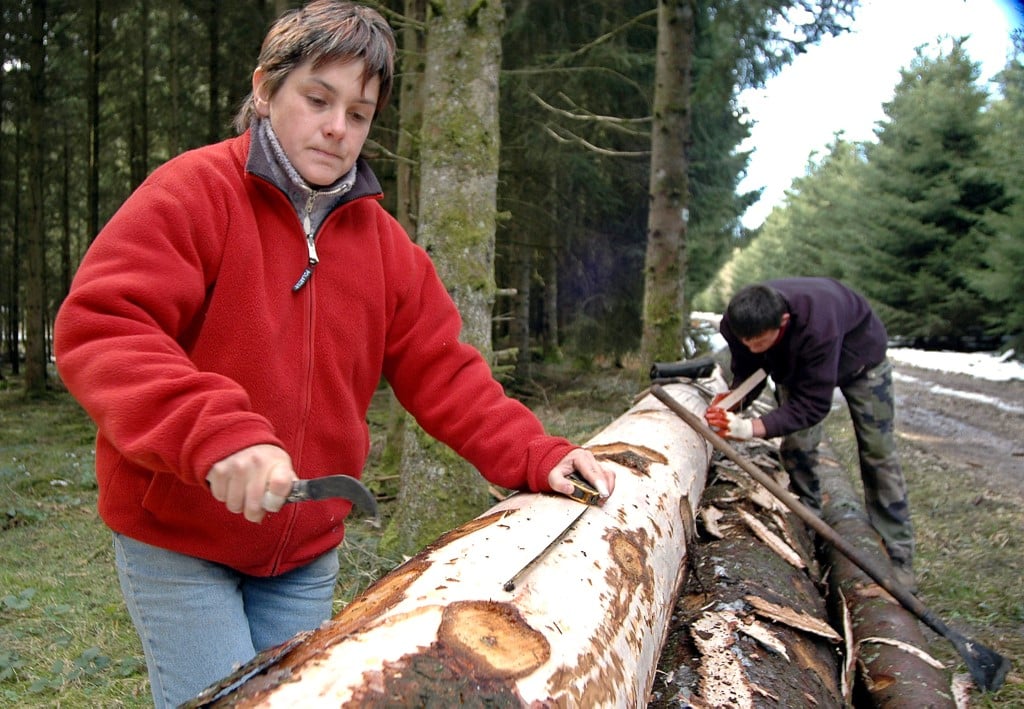"The European Commission proposal to register the denomination 'Gruyère' as a protected geographical indicator has been approved" by a committee of EU
experts, EU farming commission spokesman Roger Waite said.
The requirement is that French Gruyère cheese must contain holes "between the size of a pea and a cherry," and the French origin must be visible on
packaging, Waite said.
To-date, only Swiss Gruyère benefited from this degree of protection under a bilateral accord between the EU and non-member Switzerland.
Australian and New Zealand producers, as well as the American milk industry, had lodged objections to the recognition of French Gruyere as a distinct product.
Although the stereotype of Swiss cheese is of varieties with holes, this applies only to certain kinds, such as Emmental, but not to Gruyère.




 Please whitelist us to continue reading.
Please whitelist us to continue reading.
Member comments